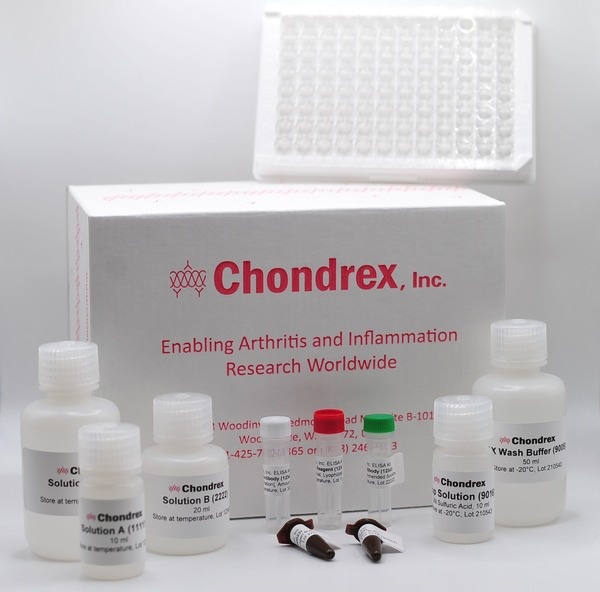Bromophenol blue (BPB), a phenolphthalein anionic dye, binds to proteins under neutral to acidic conditions. From this attribute, BPB can determine protein levels in samples, especially in solubilized cultured cells and cell membrane proteins with high concentrations of surfactants (8). This is an advantage over the widely used coomassie blue protein assay which is affected by the presence of surfactants in the samples.
Proteinuria, the presence of an excess of serum proteins in the urine, is a useful marker of renal disease. In addition, the pathophysiology of proteinuria can be divided into tubular or glomerular dysfunction. For example, albumin, a plasma protein, may better define pathological proteinuria of glomerular origin while beta 2-microglobulin indicates tubular origin (6, 7).Usually, urinary protein levels are determined using a dipstick assay. However, this method is affected by urine volume and color, which can lead to inaccurate results (1-3). Therefore, as a simple, precise, and accurate alternative for quantifying proteinuria, a BPB protein assay is available. The results may better reflect glomerular albuminuria due to its higher affinity for albumin rather than globulin (4, 5).
Chondrex, Inc. provides a BPB Protein Assay Kit (Catalog # 6026) to evaluate proteinuria in mice and rats, as well as a Rat Urinary Protein Assay Kit (Catalog # 9040), a Rat Albumin Assay Kit (Catalog # 3020), and a Mouse Albumin Assay Kit (Catalog # 3012).
Bromophenol Blue Protein Assay
| Product | Catalog # | Price (USD) | |
|---|---|---|---|
 |
Bromophenol Blue (BPB) Protein Assay Kit | 6026 | 120.00 |
References
- W. L. Gyure, Comparison of several methods for semiquantitative determination of urinary protein. Clin Chem 23, 876-879 (1977).
- B. C. Garner, C. E. Wiedmeyer, Comparison of a semiquantitative point-of-care assay for the detection of canine microalbuminuria with routine semiquantitative methods for proteinuria. Vet Clin Pathol 36, 240-244 (2007).
- L. M. Killingsworth, Clinical applications of protein determinations in biological fluids other than blood. Clin Chem 28, 1093-1102 (1982).
- K. H. Schosinsky, M. Vargas, A. Luz Esquivel, M. A. Chavarria, Simple spectrophotometric determination of urinary albumin by dye-binding with use of bromphenol blue. Clin Chem 33, 223-226 (1987).
- R. Flores, A rapid and reproducible assay for quantitative estimation of proteins using bromophenol blue. Anal Biochem 88, 605-611 (1978).
- D. Ellis, G. J. Buffone, New approach to evaluation of proteinuric states. Clin Chem 23, 666-670 (1977).
- P. A. Peterson, P. E. Evrin, I. Berggεrd, Differentiation of glomerular, tubular, and normal proteinuria: determinations of urinary excretion of beta-2-macroglobulin, albumin, and total protein. J Clin Invest 48, 1189-1198 (1969).
- C. S. Greenberg, P. R. Craddock, Rapid single-step membrane protein assay. Clin Chem 28, 1725-1726 (1982).